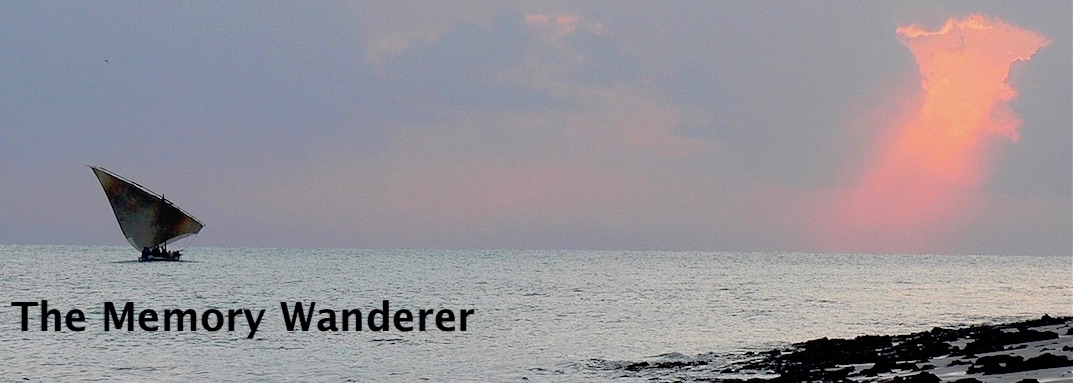 |
| Bernard Mizeki College in Rhodesia. |
When I look back and remember a place, the first thing my brain provides is a picture of it, in full colour. I find it very odd that this picture doesn't have to be from my point of view when I lived there; more often it's as if I'm seeing it through the lens of a drone, hovering, picking out objects, corners, details, perhaps of a particular room in which I spent a lot of time, or a view, then moving to explore other parts. What my brain seems less bothered about are the other senses, for example, sound and smell. Usually, that's provided only if I ask for it, and then it's sometimes quite difficult to conjure the sound. In fact, some places, for all my efforts, remain almost silent.
 |
| The Cliff Avenue house. |
The noisiest are those where I was happy. With happiness comes, in particular, music; so I well remember the music I listened to while sitting on the veranda of the last house we occupied in Mombasa, in the late fifties, early sixties, a mixture of classical music and pop, depending upon who was with me. So, if it was the group of friends in whose company my brother and I spent so many hours, then it was Elvis and the Everly Brothers and Connie Francis; and if it was my parents, then it was Tchaikovsky and Mozart and Beethoven. However, there was one piece of music which crossed over the two groups: Rimsky-Korsakov's Scheherazade, and this pervades the memory of that lovely house.
It's very appropriate that Scheherazade does this, for the house overlooked the Indian Ocean where the dhows arrived each year from the Persian Gulf, from Arabia, where Rimsky-Korsakov's musical story is set; and, as Scheherazade did to her sultan, the music seems to blend with the sigh of the trade winds to cast a spell around and through the building.
Other senses can become involved, if reluctantly. Again, particularly with that building, I recall the smell of rain on hot tarmac from the heavy showers that came in from the ocean just after lunch, in the heat of early afternoon.
 |
| The Ferry Stores in Kilchoan. |
The connection works the other way: certain pieces of music act like the strange force that suddenly, and for no logical reason, throws a memory into my head. So, if I hear Going Home, the theme music of the film Local Hero, I am instantly back in Kilchoan, at the time we ran the shop, a time in which I was very happy.
So, when I remember most of the places I have been, their memories come with music; so that music is the theme music of my life and is, therefore, particularly precious.




















































